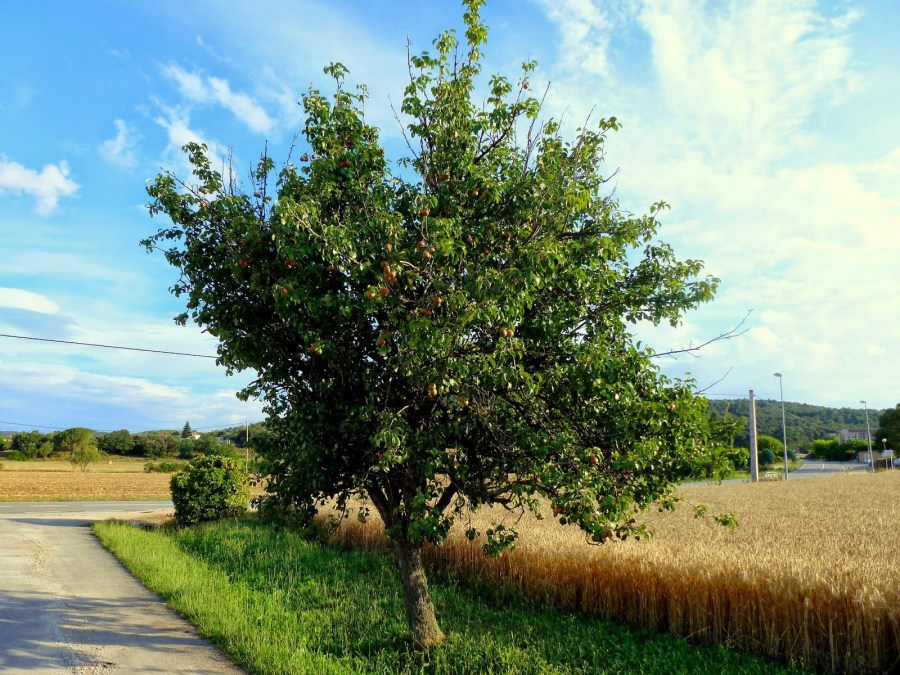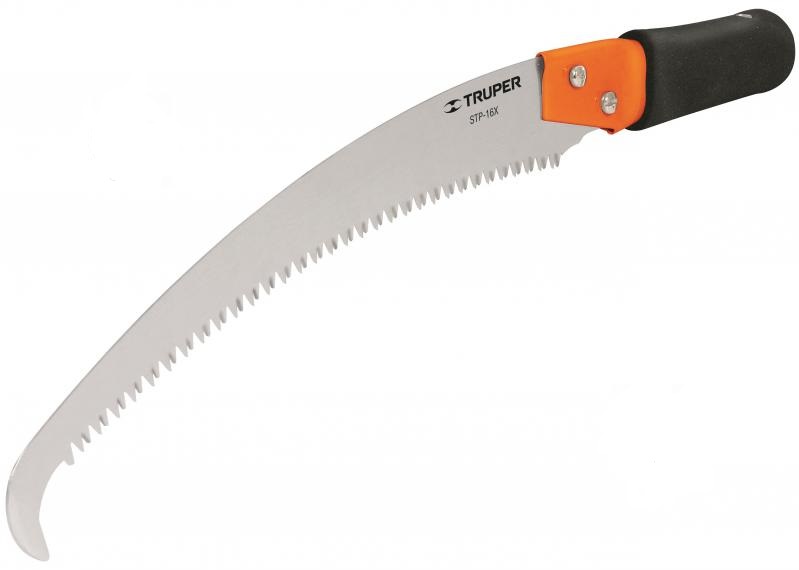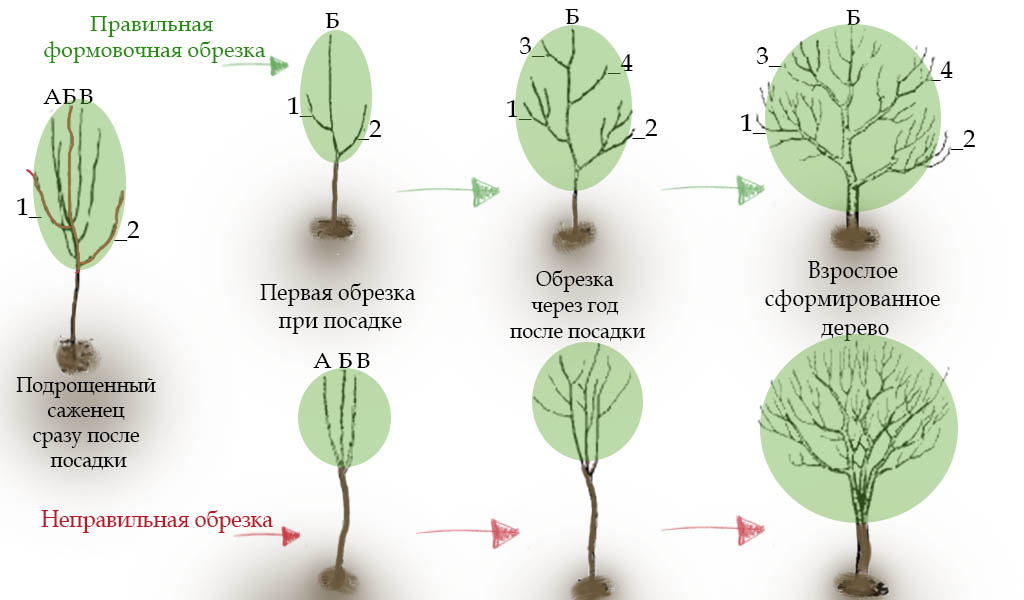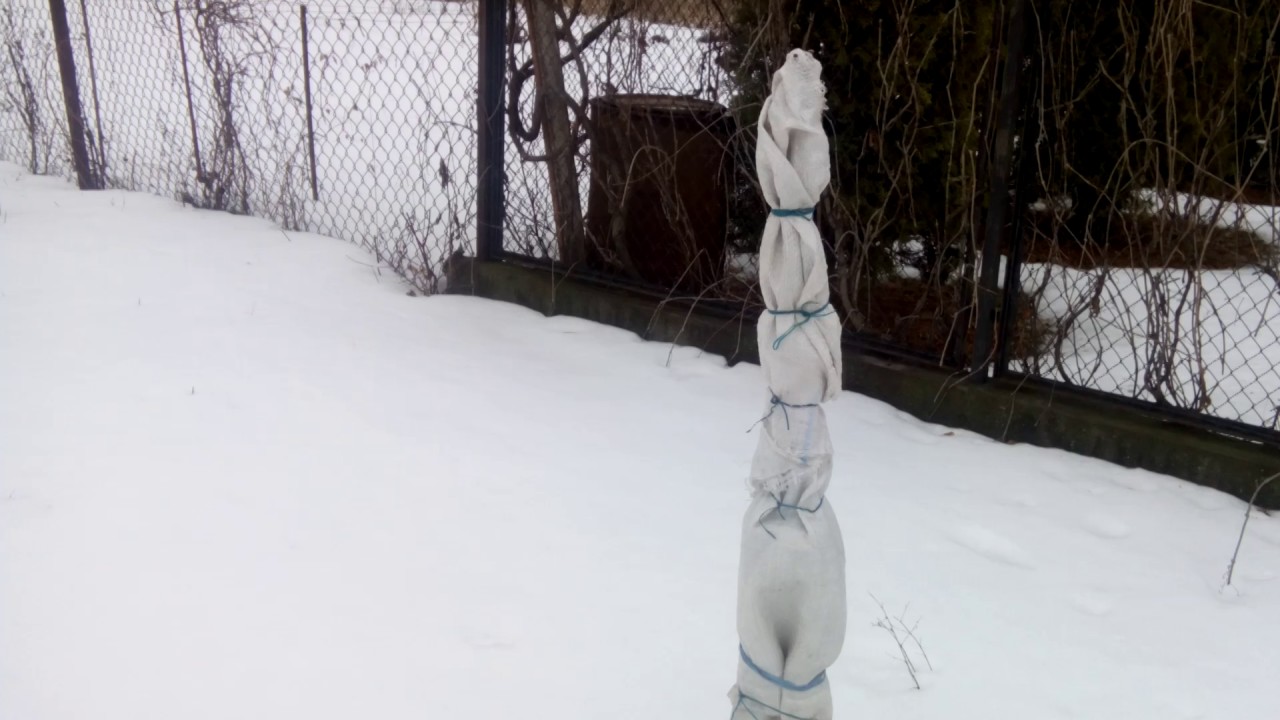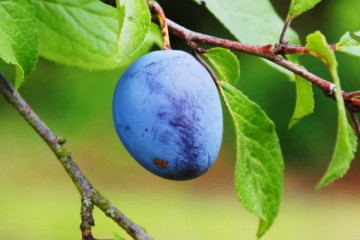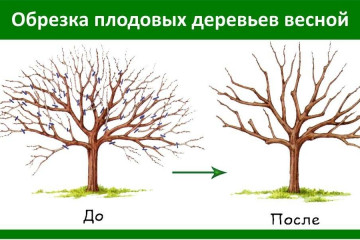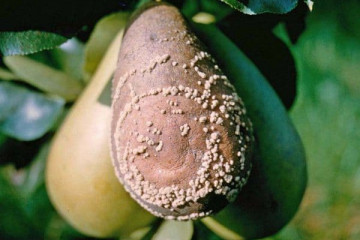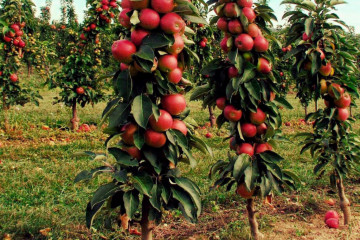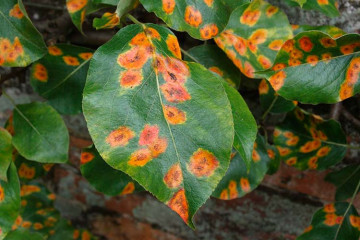Pruning pears in the summer and how to do it right
Content:
In order for the tree to continue to bear fruit regularly and with high quality, it needs proper care, which consists not only in watering and fertilizing, but also in the formation of the crown. Novice gardeners do not know how to prune a pear correctly, so you need to read the step-by-step instructions.
Why you need to cut a pear
The tree is very fond of sunlight. The main role of pear pruning is to thin out the crown and give it a certain shape. Regularly carrying out the procedure will not allow the plant to waste extra energy in order to grow young growth. Pruning not only allows you to grow more fruits, but also improves their quality. This is due to the fact that the pear tree spends its strength and nutrients on fruits. Benefits of the procedure:
- increased productivity;
- improving the condition of the crown;
- removal of weak branches.
Forming the pear will prevent the shoots from growing high up. Thanks to timely and correct pruning, the branches will not interfere with other crops growing on the site. It also depends on this procedure how convenient it will be to harvest.
How pruning affects pear health and fruiting
Every gardener growing this crop should know how to shape a pear. Removing unnecessary branches will increase yield and duration of fruiting. There are several types of wood trimming:
- formative;
- supportive;
- anti-aging.
Pruning pears in the summer should be done from the first year after planting. During the procedure, the base of the crown is laid. Also, the event stimulates the growth of new shoots and branches, which will subsequently bear fruit. The formation of the crown implies the need to remove the lateral branches so that the tree can use all the forces for the growth of fruits.
Most gardeners in Russia grow tree-like pears with a round crown on a seed stock. Such plants live longer, and their productive period is 50 years. The disadvantage is the complexity of processing due to the height. It is not possible to fully harvest the crop.
General principles of correct crown formation in a young tree
Summer pruning is done during the season. It is recommended to start in June. New shoots should be pinned every couple of weeks. The correct pinching in June and July allows you to send all the nutrients to the ripening of the fruit. Stopped leaf buds in the fall are transformed into fruit buds.
Pinching of young shoots is carried out with your fingers. The essence of the method is that pinching the top of the seedling slows down the growth at the bottom, due to which all the nutrients accumulate in the stems on which the fruit ripens.
In the summer, you can cut young shoots by 2-3 eyes to reduce the amount of work in winter and autumn. Pruning affects the yield ratio. As a result of the event, strong stems begin to grow near the tree, on which strong fruit buds are formed.
Gardening tools
Asking the question of how to form the crown of a pear, you need to inspect your inventory for the presence of the necessary tools. The list is quite large. Each subject needs to be selected depending on the purpose of the event. What tools you may need:
- Bypass secateurs. The tool is a scissor because it cuts in the same way. The convex blade slides over the inside of the anvil blade. When choosing a tool, you need to pay attention to the width of the gap between the blades. If it is large, pruning will be difficult as the pruner will begin to chew on the branches. Its performance is checked on a regular paper sheet. If the line is straight, the instrument can be bought.
- Anvil pruner. This tool works like an ax. The pruning shears cut the branch until it hits the anvil. It will not jam like a bypass. But this tool is difficult to use in hard-to-reach places. Anvil pruning shears will not cut at the base of the branch. Better to use it to remove dry shoots. When buying, you should pay attention to the quality of the blades. Choose a Teflon-coated or high-carbon steel tool to cut thick stems.
- Lopper. The tool is used in hard-to-reach places for a conventional pruner. The principle of its operation is the same, but the lopper is equipped with long handles, thanks to which it will be convenient to use it from a distance. The tool must be held with both hands when working. He is able to cut stems that are no more than 5 cm in diameter.
- Garden saw. The tool is used to trim thick branches. There are several types of saws: sickle, bow, narrowed. In gardening stores, you can purchase a tool with a blade that can be changed. When choosing a saw, you need to pay attention to the thickness of the blade. Preference should be given to a model made of hardened steel.
How to prune pears for beginners
Many novice gardeners doubt whether it is possible to prune a pear in the summer. This procedure is necessary for trees. However, there are many different nuances to consider. One of the most important is the age of the plantings. The pruning rules differ depending on it.
Young seedlings may lack nutrients as the root system is damaged. In this case, it is required to carry out pruning immediately after planting so that the roots of the pear will recover faster. The scheme of the procedure involves a number of stages:
- Unnecessary shoots are cut off from the crown. Thus, the apple tree and pear receive the penetration of the sun's rays to the fruiting buds.
- The columnar pear is pruned to a quarter in early summer as it will continue to grow over the season.
- Places of cuts must be treated with disinfectants so that the pear does not get sick.
In order for the crown of the tree to form correctly, it is required to shorten its main trunk annually. Experience has shown that when this condition is met, pruning subsequently takes less time. It is necessary to follow the basic rules:
- The top of the trunk should be cut by a quarter. The procedure is carried out only on young trees.
- All damaged and dry branches should be pruned. It is also worth removing old shoots that do not bear fruit.
- If shoots grow horizontally to the ground or downward, they should also be removed as they are unproductive.
The purpose of pruning is to leave extremely strong branches that will bear fruit.
Rules for the formation of the crown of a pear tree
In summer, pear trees need to be shaped as needed. If one of the branches shades the others, it needs to be pruned. Do not forget that the cuts need to be processed with garden varnish. It is also necessary to pinch new shoots. The remaining buds from the leaf type will go into the fruit type.
How to prune young pears correctly
One-year-old seedlings must be cut at a height of 70-80 cm. It is required to remove awakened buds in the area of the trunk. It is recommended to leave only those that are necessary for the growth of new shoots. Next year they will remain in the number of three. Skeletal branches will develop from them, which subsequently form a bowl. After a few years, 2-3 tiers of branches will begin to be laid on the trunk.
Formation in the 2nd and 3rd year
Pruning in the second and third year of the tree's life is carried out according to the same scheme. From the lateral branches, which are already one year old, branches of the second order begin to grow. Shoots growing in the space between the tiers are cut and transferred to wood. After laying the skeletal branches, it is required to trim the central conductor, which will also be transferred to the side branch.
How to shape a ripe pear
A ripe fruiting pear requires a certain high-quality pruning, which is carried out according to the following principle:
- thinning the crown;
- trimming side branches;
- removal of dry and diseased branches.
It is important to carry out anti-aging pruning in the event that young shoots grow to a height of 30 cm.In older age, this procedure must be carried out regularly. Fruitful formations should be thinned and shortened from time to time. Pears over 5 years old require half of the branches to be trimmed. A properly formed crown is maintained at a height of 4 m.
Tips and tricks for pruning pears
Not all gardening lessons that can be found on the Internet say that the cuts on the tree need to be processed. But wounds must always be treated so that diseases do not appear in the pear. For this, a garden pitch is used, which promotes faster healing. At the same time, the abundant secretion of tree sap will not attract harmful insects.
Pruning a mature tree in spring should not be done too early. Outside, the air temperature should stabilize. In winter, pruning is carried out in February, when the temperature does not drop below -15 degrees. The event is held primarily on mature trees, as their fruit buds awaken earlier.
Caring for pears after pruning
Even winter-hardy crop varieties need to be sheltered for the winter in regions where frosts are delayed. The trunk must be wrapped with burlap or other materials that have been previously treated with diesel fuel, birch tar or dust. As a heater, you can use straw mixed with mint, elderberry, tansy or wormwood. These herbs scare away rodents. It is recommended to slightly dig in the lower edge of the insulation. In winter, snow that has fallen must be carefully trampled down.
Watering pears in the first year of life is carried out once a week for 1-2 buckets of clean water. Then it is necessary to increase the rate, but reduce the number of procedures. It is required to dig grooves around the tree, into which water will subsequently be poured. Adult pears should be watered with rainwater.After the procedure, it is necessary to loosen and mulch the soil, since the root system needs oxygen. The soil under the pear must always be clean and free of weeds.
Caring for a pear consists not only in timely watering, applying high-quality fertilizers, but also in good pruning. Correct crown formation will increase the yield and quality of the crop. It is recommended not to forget to treat the tree with pest control agents and fungicides for various diseases.
